Text

I Could Die Today and Live Again, Summer Farah
640 notes
·
View notes
Photo

the childlike life of the black tarantula
7K notes
·
View notes
Text
“Art has to offer something other than stylized despair.”
― Ben Lerner
11 notes
·
View notes
Text
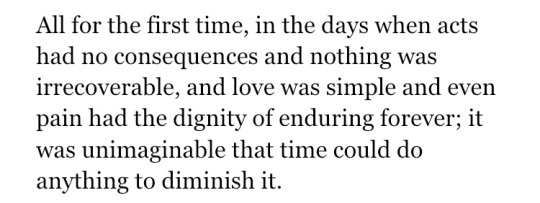
another country by james baldwin
44 notes
·
View notes
Text

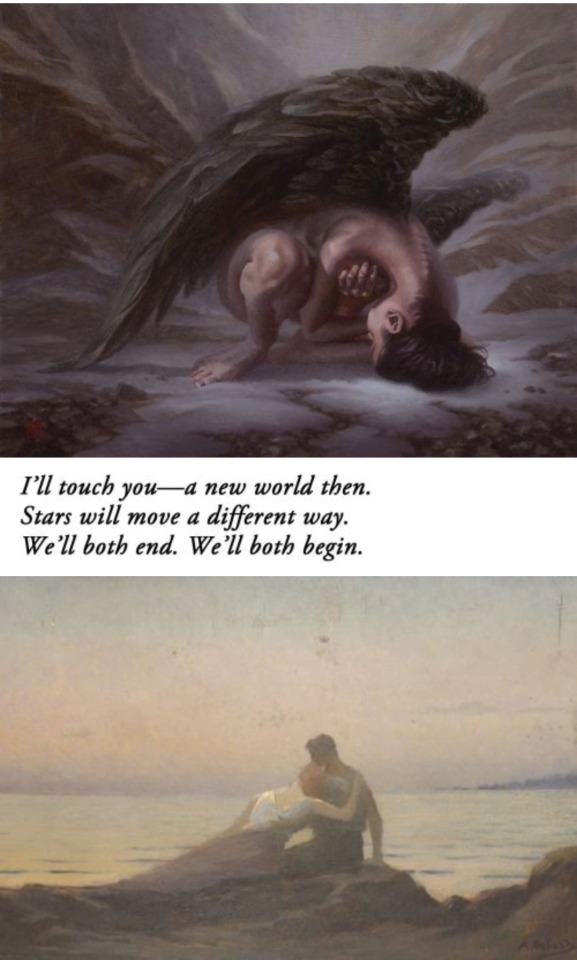
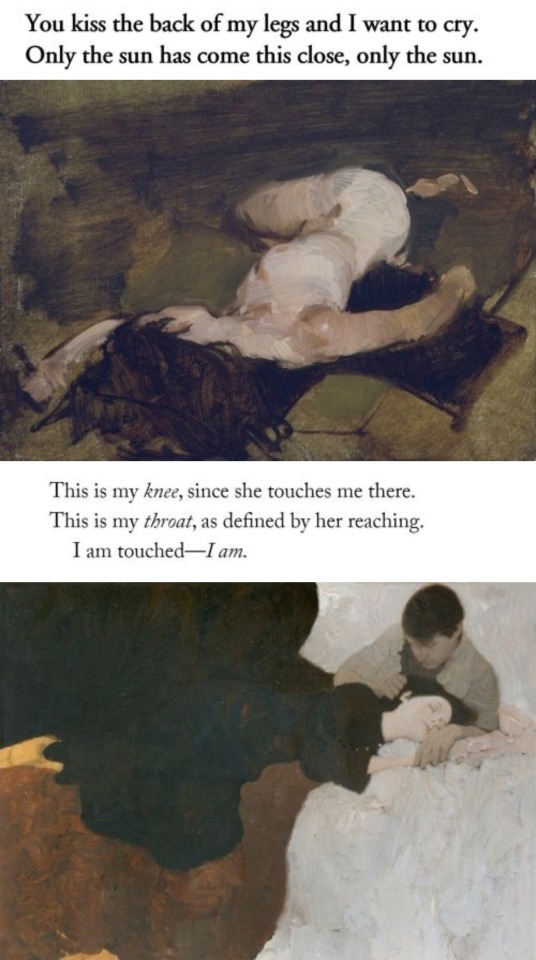


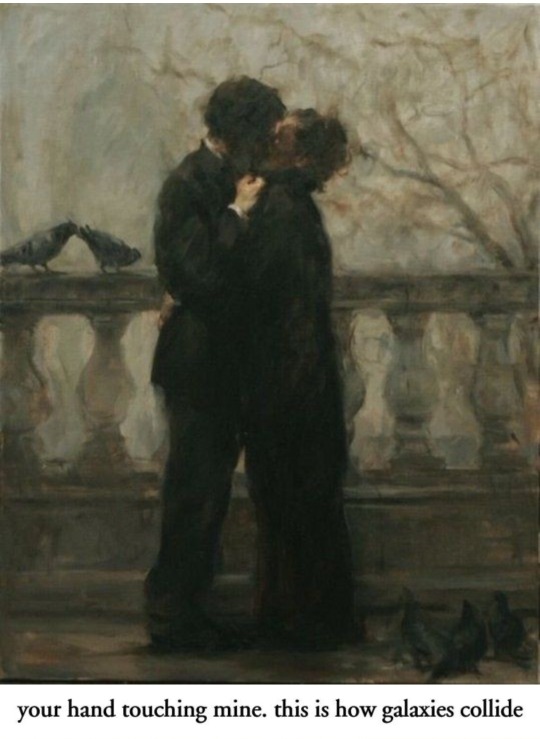
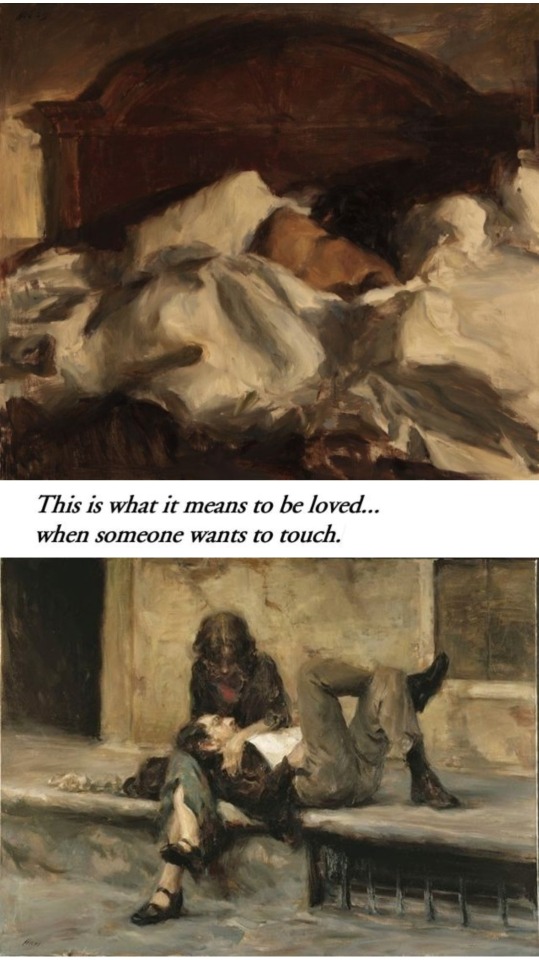



touch as a love language
Margaret Atwood, Christophe Vacher, William Stafford, Alphonse Osbert, Shauna Barbosa, Sherrie McGraw, Natalie Diaz, Mark English, John Keats, Megan Howland, Marya Hornbacher, Ron Hicks, Sanober Khan, Ron Hicks, Banana Yoshimoto, Ron Hicks, Ocean Vuong, Anne Magill, Mary Oliver
buy me a coffee
#touch forever#web weaving#parallels#margaret atwood#william stafford#alphonse osbert#shauna barbosa#sherrie mcgraw#natalie diaz#john Keats#mark english#megan howland#marya hornbacher#ron hicks#sanober khan#banana yoshimoto#ocean vuong#anne magill#mary oliver
5K notes
·
View notes
Text
—your heart beat in my ribs and mine in yours
Herman Melville, from a letter to Nathaniel Hawthorne c. 17th November 1851
871 notes
·
View notes
Photo
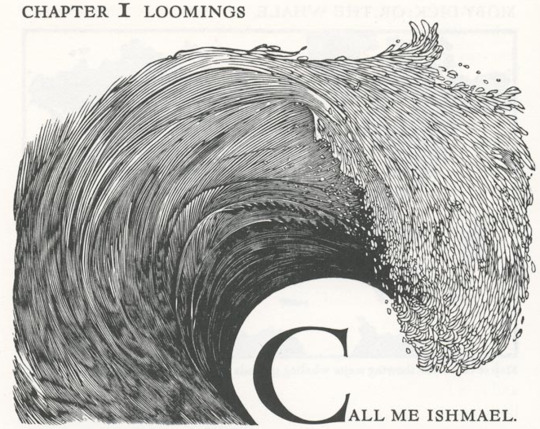

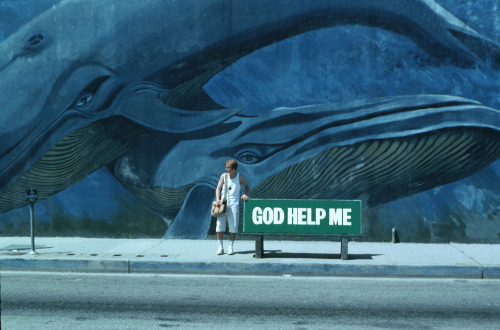





The drama’s done. Why then here does any one step forth?—Because one did survive the wreck.
Herman Melville, Moby-Dick (Ch. 1) // Franz Wright, “Empty Stage” // Gregg Araki, “Nowhere” (1997) // Gwendolyn Brooks, Selected Poems // Ana Mendieta, “Silueta Series” (1976) // Hieu Minh Nguyen, “My First” // The Gibsons of Scilly, “The Minnehaha” (1874) // Herman Melville, Moby-Dick (Epilogue) // Euan MacLeod, Figure in Sea above Figure on Hill, 2002 // Ilya Glazunov, Wave, 1987
4K notes
·
View notes
Text
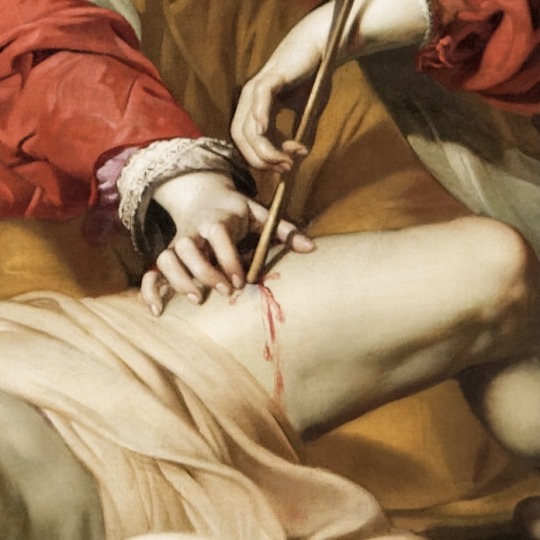



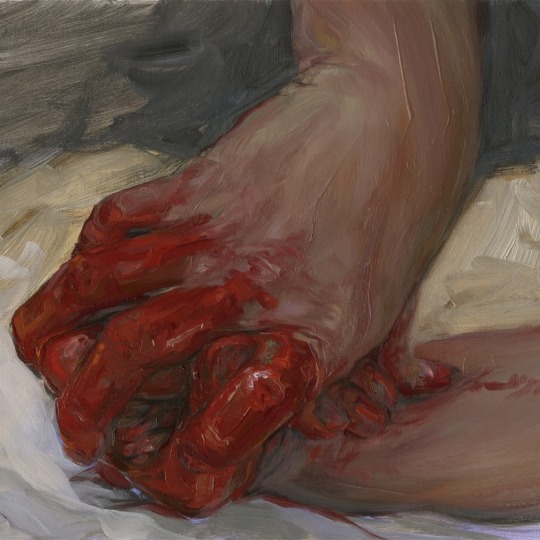


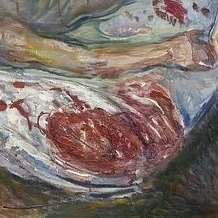

bloody details
saint sébastien soigné par irène et sa servante (nicolas régnier) | christ crowned with thorns (dirk bouts) | dying adonis (hendrick goltzius) | the entombment of christ (church of san martino, portofino) | peripety (6) (jen mazza) | the entombment (peter paul rubens) | st. gaspare del bufalo intercedes for the souls in purgatory (giovanni gasparro) | the death of marat (edvard munch) | saturn devouring his son (fransisco goya)
#art#nicolas regnier#dirk bouts#hendrick goltzius#jen mazza#peter paul rubens#giovanni gasparro#edvard munch#fransisco goya
2K notes
·
View notes
Text
when victor hugo said “to love another person is to see the face of god” and herman melville said “let me look into a human eye; it is better than to gaze into sea or sky; better than to gaze upon god” and dave malloy said “when we fall in love we wake up; and we are a god and angels weep” and tolstoy said “everything i understand, i understand only because i love. everything is, everything exists, only because i love. everything is connected only by that. love is god”
15K notes
·
View notes
Text
Absent from thee, I languish still;
John Wilmot, Earl of Rochester, from ‘The Complete Poems of John Wilmot, Earl of Rochester’
161 notes
·
View notes
Photo

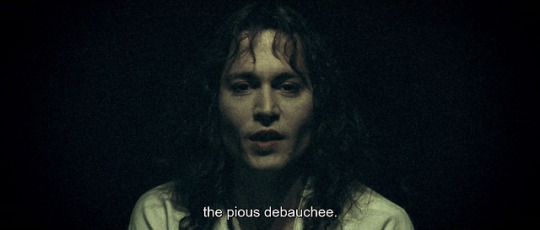
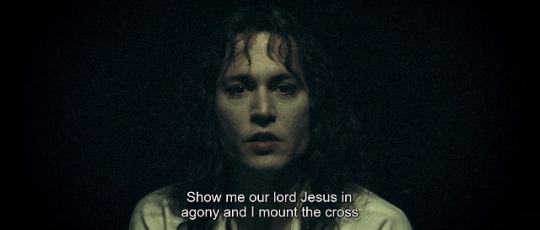



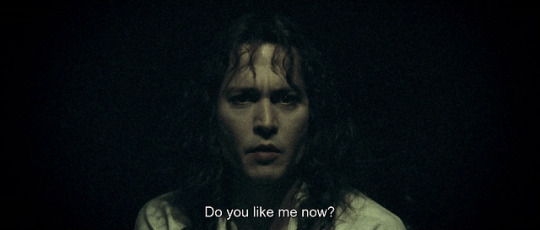
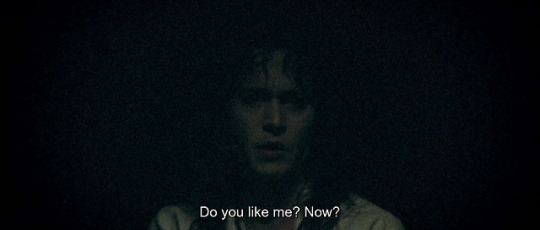

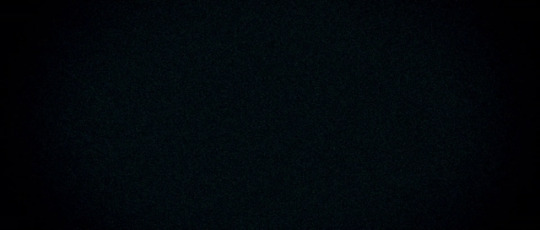
The Libertine (Laurence Dunmore, 2004).
84 notes
·
View notes
Text
Donne's mind was cacophonous. His relentless imagination was his single most constant feature; he wrote about his "worst voluptuousness, which is an hydroptique immoderate desire of humane learning". In his darker moments, it tortured him. His mind had ceaselessness built into it. It was to be, throughout his life, a site of new images, new theology, new doubts: even those who disliked his work acknowledged that he was a writer who had erupted through the old into the new. A contemporary wrote that, with him, it was "the lazy seeds / of servile imitation thrown away / and fresh invention planted".
But the always of that imagination must have been exhausting. For a mind like that, sex—real sex, true sex—would allow a singleness to hush the multitudinous mind. It's why so much of Donne's imagery around sex is so totalising: the man and woman become one, the woman becomes a state, a country, a planet. Sex, for Donne and those like him: permission, for those who watch the world with such feverish care, to turn one person into the world and to watch only them. It was a transforming of his constant seeking for knowledge. To adore and to devour and to be devoured is its own kind of focus: a gasp of a different kind of oxygen.
Katherine Rundell, Super-Infinite: The Transformations of John Donne
196 notes
·
View notes
Text
There is the meat and madness of sex in his work – but, more: Donne's poetry believed in finding eternity through the human body of one other person. It is for him akin to sacrament. Sacramentum is the translation in the Latin Bible for the Greek word for mystery: and Donne knew it when he wrote, 'We die and rise the same, and prove/Mysterious by this love.' He knew awe: 'All measure, and all language, I should pass/Should I tell what a miracle she was.' And in 'The Ecstasy', love is both a mystery and its solution. He needed to invent a word, 'unperplex', to explain:
'This ecstasy doth unperplex,' / We said, 'and tell us what we love…' / But as all several souls contain / Mixture of things, they know not what, / Love these mixed souls doth mix again, / And makes both one, each this and that.
Katherine Rundell, Super-Infinite: The Transformations of John Donne
160 notes
·
View notes
Text
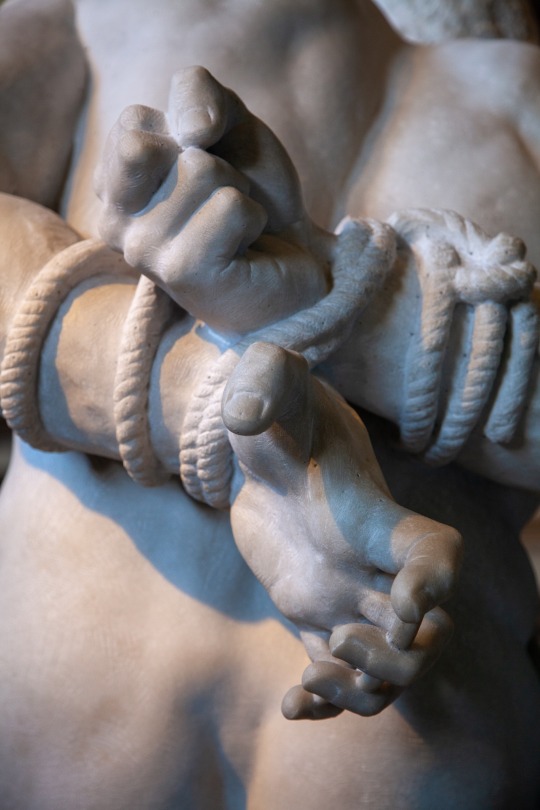
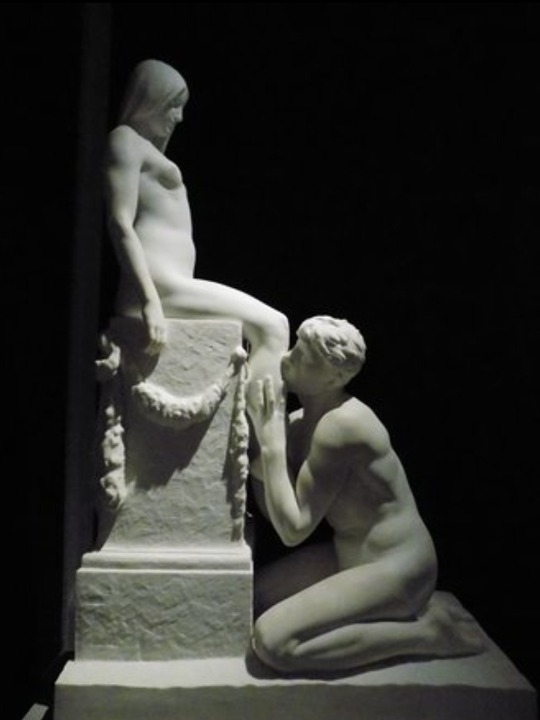
“Divorce me, untie or break that knot again, / Take me to you, imprison me, for I, / Except you enthrall me, never shall be free, / Nor ever chaste, except you ravish me.”
Excerpt from Holy Sonnets: Holy Sonnet XIV aka Batter my heart, three-person'd God (1633) by John Donne / Sculptures by Stephan Sinding at the Ny Carlsberg Glyptotek in Copenhagen; Tapmak [Adoration] (1903) and Slaven [The Slave] (1878)
165 notes
·
View notes


